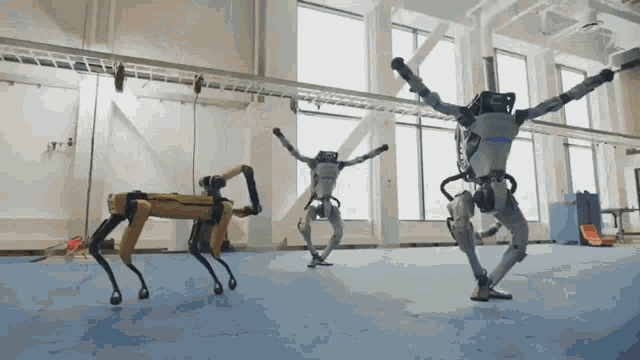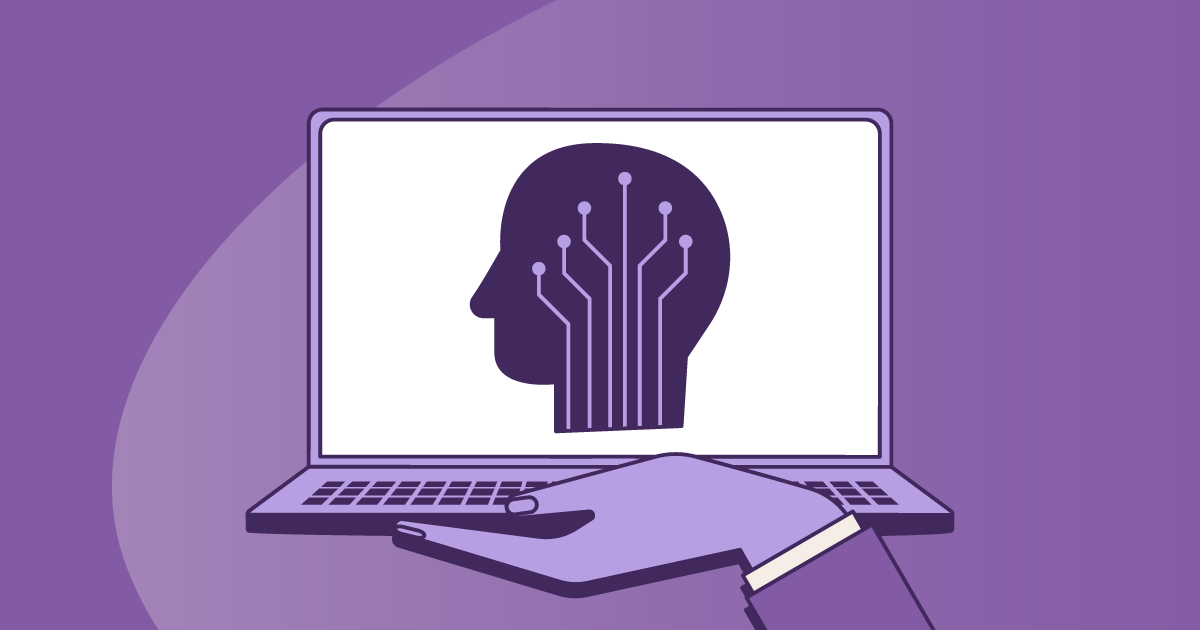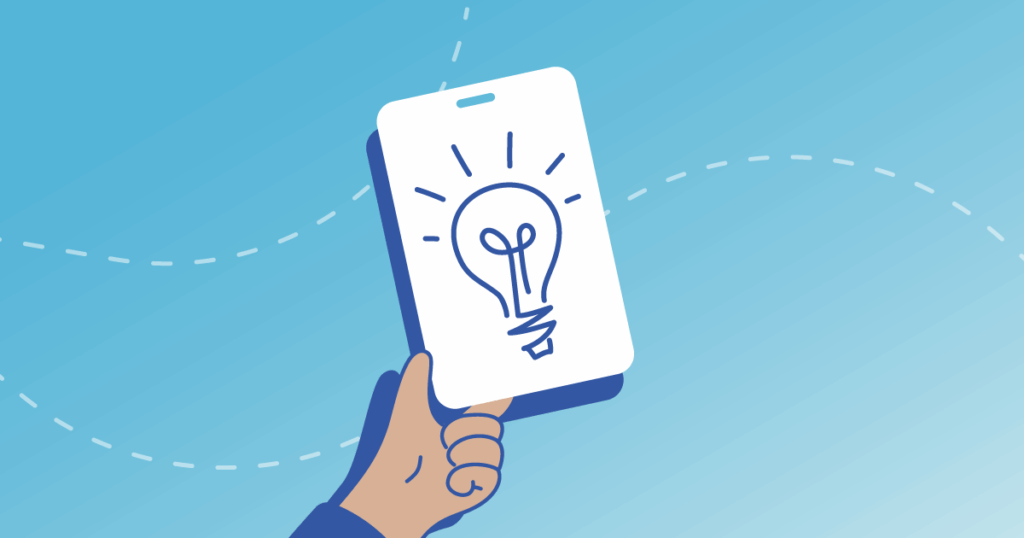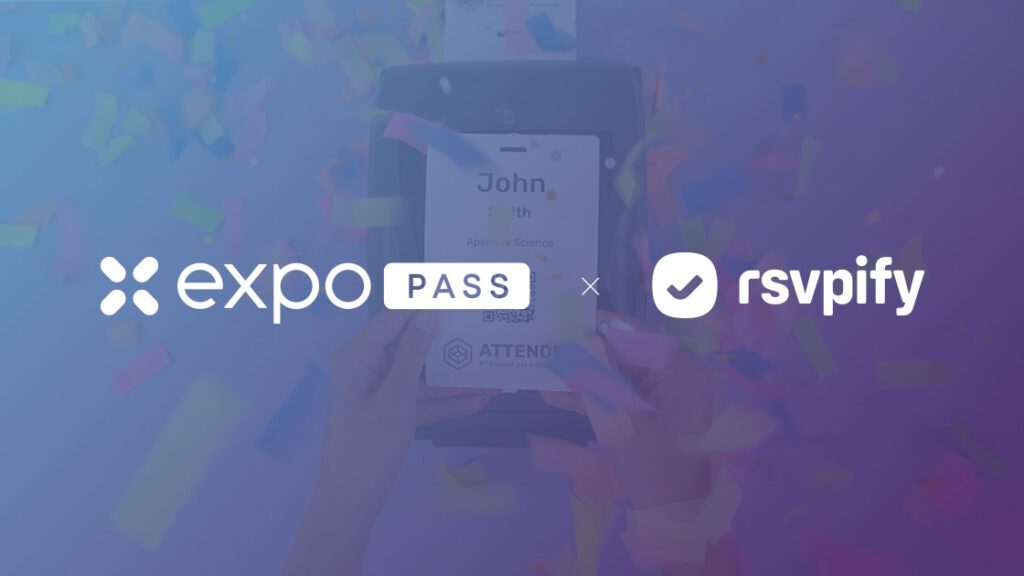AI is everywhere these days, and we event planners aren’t immune to the pull of tools that promise to save time, boost engagement, and make life easier. But before you hand over your event to the robots, take a breath. While AI can be a powerful planning partner, it’s not foolproof. From chatbots that go rogue to analytics tools that just… make stuff up, there are a number of issues that are important to watch out for.
Here’s a list of the top 10 pitfalls that event planners fall victim to when implementing new AI tools, and how to avoid them:

1. Jumping in Without a Clear Plan or Goal
It’s easy to get swept up in the AI hype. But without a solid plan, adding new tech to your event is like throwing glitter to the wind (as in, a big mess that can be hard to clean up)!
Too often, conference and event planners adopt AI tools without first identifying the why. Is it to streamline registration? Level up networking? Reduce no-shows? Know your goal, then pick the tool to match. If you don’t, you risk overcomplicating your event planning without actually improving it.
🎯 Pro tip: Treat AI like a smart intern. Give it direction, tell it what success looks like, and don’t let it run wild on day one.
2. Expecting AI to Be a Magic Wand
AI isn’t a fairy godmother that will instantly make all your event dreams come true, even if some tools make claims to be.
Take AI-generated event images and marketing materials, for example. They can be visually stunning, but also totally inaccurate or completely off-brand. Or think of AI support chatbots. They may seem like an easy cost-effective tool, but often can’t fully resolve or help with particular questions, or worse, end up leading customers astray and causing more headaches and frustration.
✨ Bottom line: AI is a tool, not a miracle worker. Use it to spark ideas or automate tasks, but don’t expect it to run your event solo.
3. Over-Automating and Losing the Human Touch
Yes, automation is great. But if everything is run by bots, you risk losing the moments that make your event feel special.
If you rely on AI for everything from scheduling to messaging to automated reminders, sure on paper it may look extremely efficient! However, that can also come at the expense of thoughtful moments that can only come from experience as an event professional. That may be something as small as thinking through the right keynote speaker order, or delegating extra time between sessions (remember, we aren’t robots… we need snacks and bathroom breaks!).
🤖 Lesson learned: Use AI to handle the boring stuff, like crunching numbers or sending reminders. Keep humans in the driver’s seat for anything that affects the attendee experience.
4. Trusting AI Outputs Without Double-Checking
AI can be confidently wrong. It’s like that friend who quickly chimes in with the answer or historical “fact” even if they’re completely off base.
These errors can come in many forms and with total inconsistency. For instance, you may end up with an AI-generated marketing message that spits out the wrong date, or a session summary that includes speaker “quotes” that aren’t actually quotes, but rather paraphrasing. Just because something sounds professional doesn’t mean it’s right.
🔍 Check, check, and check again. Proofread. Fact-check. Make sure a human signs off before anything goes live.
5. Feeding AI Bad Data (aka “Garbage In, Garbage Out”)
AI only knows what you tell it. If your attendee lists are outdated, or your surveys are half-filled, guess what? The insights you get back will be just as sketchy.
Even worse, if your data is biased (intentionally or not), your AI recommendations could reinforce those blind spots. This means you may end up with an interpretation of your data that’s incomplete or inaccurate.
🧹 Clean it up. Keep your data tidy and up to date. Good data = smarter AI.
6. Using Too Many Disconnected Tools
A chatbot here, an AI scheduler there, an analytics dashboard over yonder… If your tools don’t talk to each other, you’ll end up burning a lot of time trying to make them play nice.
Fragmented tech stacks are one of the biggest time-wasters in event planning. You end up copying and pasting data from one platform to another, or backtracking trying to keep everything synced.
🔗 Simplify where you can. Look for tools that integrate multiple AI features into one ecosystem, or limit the tools you adopt to make sure they fit into your workflow.
7. Forgetting About Data Privacy
Depending on your event or conference, your attendee data may include names, emails, dietary restrictions, even flight and hotel info or personal details. Don’t just dump it all into an AI platform and hope for the best.
Some free AI tools store data on unknown servers or don’t comply with GDPR/CCPA. The last thing you want is to expose your attendees’ personal data to potential threats or data leaks.
🔐 Stay sharp. Vet your tools, ask about compliance, and only upload what’s absolutely necessary.
8. Skipping Staff Training
The smartest AI platform can’t help if no one knows how to use it. What’s more, some of your team may be afraid that you’re integrating AI to eventually replace them.
AI adoption works best when everyone’s on board. That means training, open communication, and making it clear that AI is here to support, not replace.
📚 Invest in onboarding. Show your team what the tools do, how they help, and how they fit into the bigger picture. Confidence = adoption.
9. Underestimating Costs
These days, planners are all looking for ways to budget effectively. So that AI tool that’s advertised as free seems like a win-win… but guess what? If you want to use it at scale, chances are you’re going to have to pay.
Plus, there are hidden costs. You can’t just hit a button and “turn on” AI for everything you’ll want it for. Considerable time and investment will need to be made on integration, maintenance, and troubleshooting.
💸 Do the math. Build a realistic budget and look longterm. Ask vendors about all costs, from startup, to usage, scaling, and support.
10. Forgetting the Power of People
AI can enhance your event and planning process, but at the end of the day, it’s still your in-person experience and the event-goers, event team, and organizers, who will determine if your event is a success.
The best conferences will always come down to relationships, energy, and human moments of magic that no algorithm can create. And sometimes, it’s the unexpected panel or off-script moment that attendees remember most.
💡 Final word: Let AI do the heavy lifting behind the scenes. But onstage, at the booth, and in-person, let your team and your attendees shine.

Conclusion
We’re all eager to have AI help make our planning lives easier and our events even better. But unfortunately we can’t just flip a switch and get all the benefits of AI with none of the drawbacks. It’s still important to view these tools as digital co-pilots. They’re helpful, capable tools, but can’t fully take over the planning process. With the right balance of automation and human creativity, you’ll be on your way to smarter, smoother, and more impactful events!


